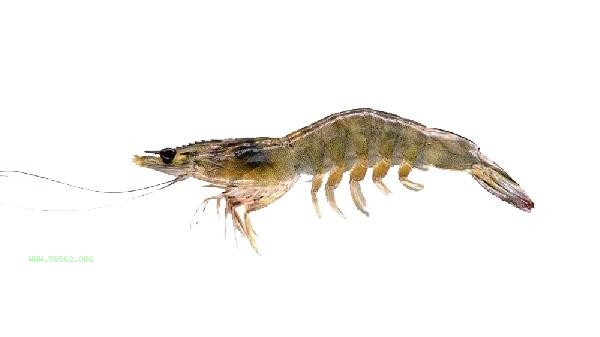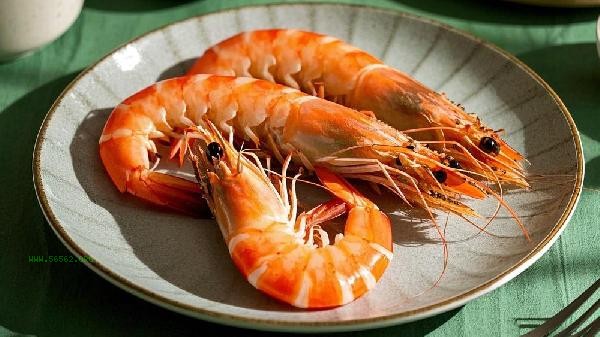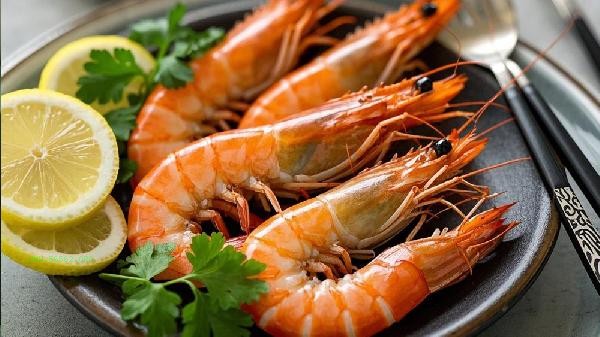It is recommended to use freezing or scissor assisted methods when skinning shrimp, which can keep the shrimp meat intact and avoid scratching fingers. The outer shell of the skin shrimp is hard and has sharp edges. Directly peeling the shell by hand can easily cause the shrimp meat to break or the hands to be injured.

The freezing method involves placing live skin shrimp in the freezer for about 15 minutes. Low temperatures can cause the shrimp's muscles to relax and the shell to become brittle. At this point, the shrimp's neural response weakens but does not die. After cutting the shell along the midline of the shrimp's back with scissors, the shell can be easily peeled off and the intact shrimp meat can be removed. This method is suitable for sashimi or steaming methods that require preserving the shape of shrimp meat, and low-temperature treatment can also inhibit bacterial growth.

Scissor assisted method requires preparing kitchen specific scissors, cutting a small opening from the connection between the shrimp head and body, and cutting along the shrimp back to the tail. After cutting open the shell, gently lift both sides of the shrimp shell with your fingers to separate the shrimp meat from the shell. When operating, pay attention to the angle of the scissors to avoid cutting the shrimp meat. The swimming feet on the shrimp belly can be picked out with the tip of the scissors. This method is suitable for situations where a large number of shrimp skins need to be quickly processed, and the efficiency of shell peeling is higher after proficiency.

Before treating the skin shrimp, the surface sediment can be washed with clean water, and the sharp forehead sword can be cut off to prevent stabbing. If the shrimp has a strong fishy smell, it can be soaked in light salt water for 10 minutes. After peeling, it is recommended to cook as soon as possible to avoid spoilage. The leftover shrimp meat should be sealed and refrigerated, and consumed within 24 hours. It should be fully heated before being consumed again. For individuals with seafood allergies, gloves should be worn when handling skin shrimp to avoid contact with shrimp shell mucus.








Comments (0)
Leave a Comment
No comments yet
Be the first to share your thoughts!